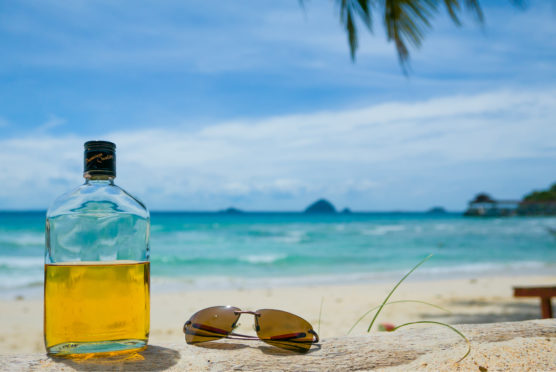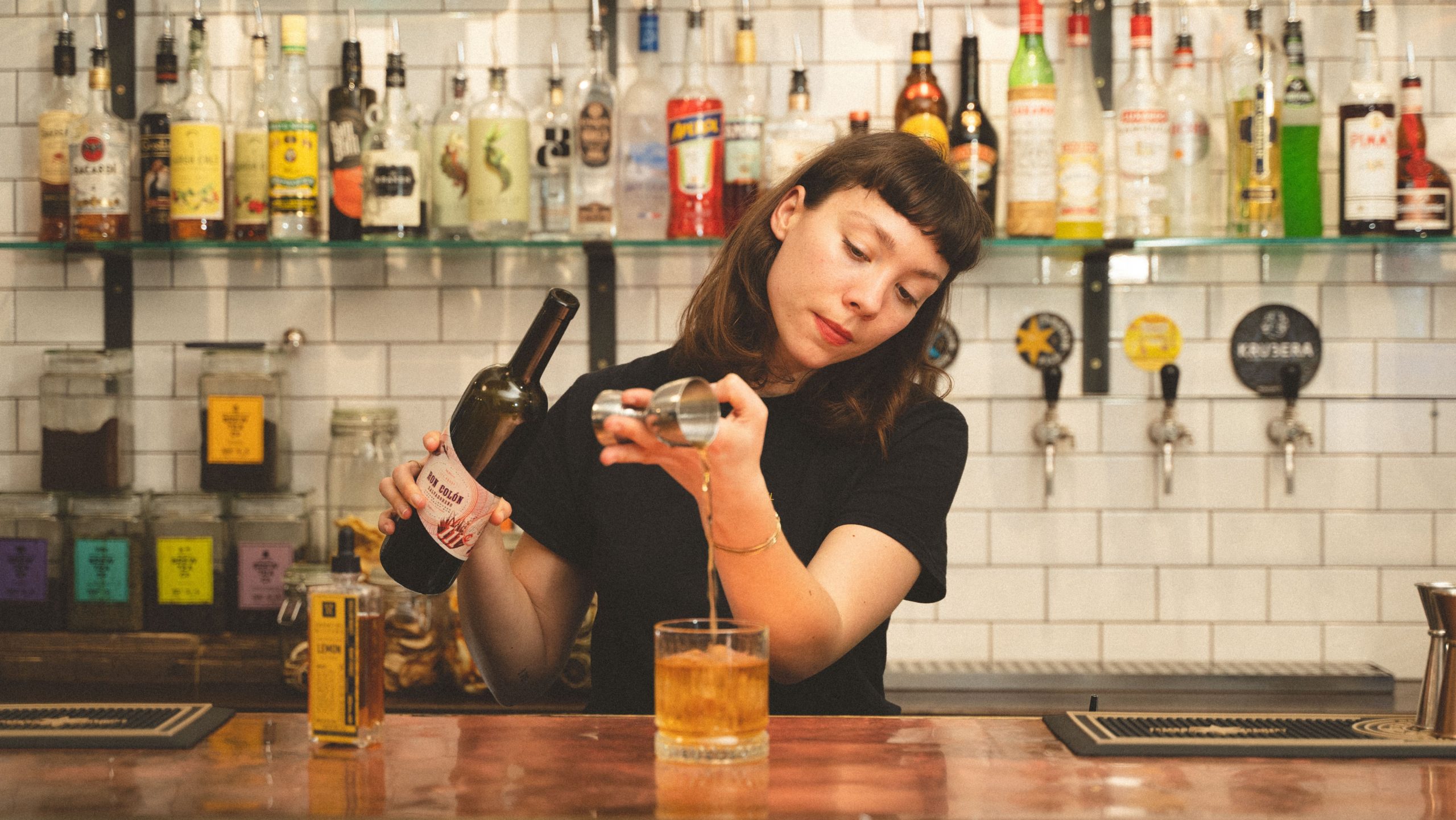
Rum conjures images of pirates and sun-kissed Caribbean beaches.
As we celebrate National Rum Day, Felicity Gransden, co-owner of rum maker Ron Colón Salvadoreño, tells Alice Hinds the Honest Truth about the sweet and spicy golden nectar of Latin America.
How did you first become interested in rum?
My background had been with vermouths, whiskies and vodka. However, I had always been fascinated by flavour.
When Pepijn and Thurman, the brand’s founders, asked me whether I would like to join the Ron Colón team as a co-owner and develop the recipe for a coffee-infused rum, I jumped at the chance. This project has given me the opportunity to explore rum in depth; working with different styles of rum in our blend, developing flavour profiles and working towards an innovative liquid that we’re proud to showcase.
Would you say there is a rum-aissance happening right now, much in the same way gin became super-popular a few years ago?
Yes! There is definitely a growing interest from consumers in the rum category. Consumers are far more concerned with learning about where the products they’re buying are made, and understanding the quality, the story and the process. This is similar to what we have seen happen in the food, wine, and fashion industries.
Why is rum linked with the Caribbean and Latin America?
Rum has been around for hundreds of years, with the first distillation recorded in the Caribbean in the 17th Century. Rum was discovered as a by-product of the sugar production process, when leftover molasses fermented into alcohol. There is a long history of sugar production in both the Caribbean and Latin America, and each of the regions create distinct styles of rum. Rums from the Caribbean tend to be heavier, richer and rounder, whereas rums produced in Latin America tend to be lighter and smoother.
Rum is one of the least classified spirits, so is there a big variation in the distilling process?
All rum comes from sugar, but there are many varieties and styles that sit within the rum category. The rums we work with all use a base of molasses.
Rum can be distilled in either a pot still or a column still. We decided to work with both styles when producing Ron Colón, which is unusual within the rum category. Both processes bring unique characteristics, which we felt could add complexity to the flavour of our rum. The column-distilled rum is a lighter style, with bright, fruit, flavours and a dry finish, whereas the pot-distilled variety is a richer, spicier style.
What is the difference between light and dark rum?
The difference is directly linked to the age. Dark rums have spent longer ageing in wooden barrels. The barrels impart the rum with a darker, woodier colour, and contribute complex flavours to the rum such as vanilla, liquorice and warm spices. Rums will typically be aged in ex-bourbon American oak barrels, meaning flavour left in the barrel from the bourbon will bring new characteristics to the rum. Lighter rums will often be younger, meaning their flavour is cleaner and fruit-forward. The liquid is less mature, and more representative of sugarcane or molasses – true to its raw ingredient.
Ron Colón Salvadoreño is cold coffee-infused rum – where did the idea come from?
El Salvador produces beautiful coffee. They have the perfect geography for growing coffee, with a warm climate, high altitudes and lots of volcanoes.
So, it made sense to us to see if we could explore working with coffee and rum. Their flavours make them perfect partners.
The vanilla, spices, fruit and chocolate notes from both make a delicious pairing. It was important to showcase the authentic flavours of the coffee beans, which is why we decided to do a straight infusion. We wanted to highlight not only the fruity flavours and toasty notes, but also the natural bitterness produced from coffee roasting.
Find Ron Colón Salvadoreño Rum on Masterofmalt.com

Enjoy the convenience of having The Sunday Post delivered as a digital ePaper straight to your smartphone, tablet or computer.
Subscribe for only £5.49 a month and enjoy all the benefits of the printed paper as a digital replica.
Subscribe